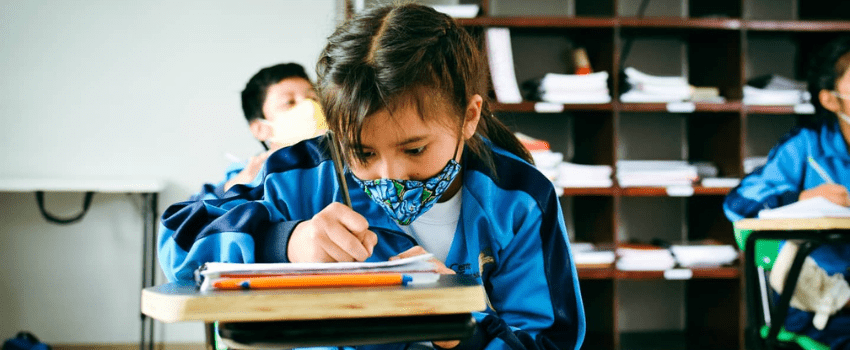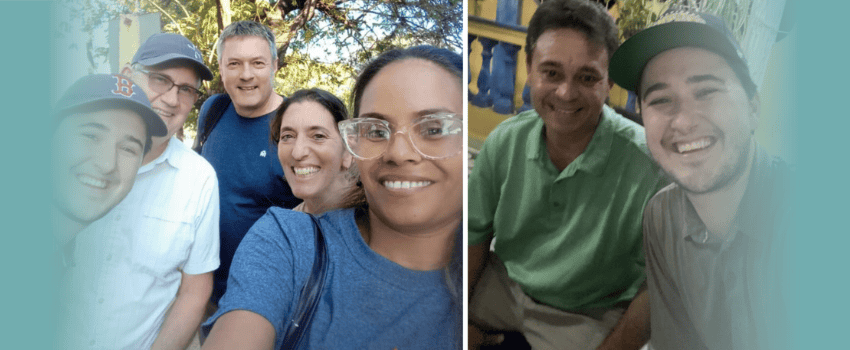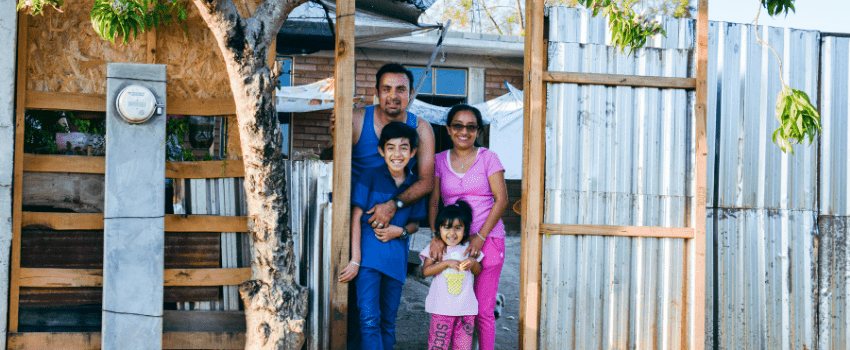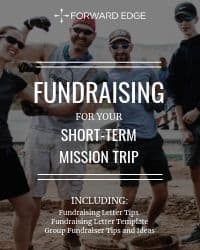
Siloe School Opens
Many prayers were answered this year when Siloe School in Oaxaca, Mexico officially opened to 28 elementary students! Siloe School is a private Christian school run by our Mexico Children’s Program. Our program has always supported education by providing tutoring and covering school supplies and fees, but this is the next







